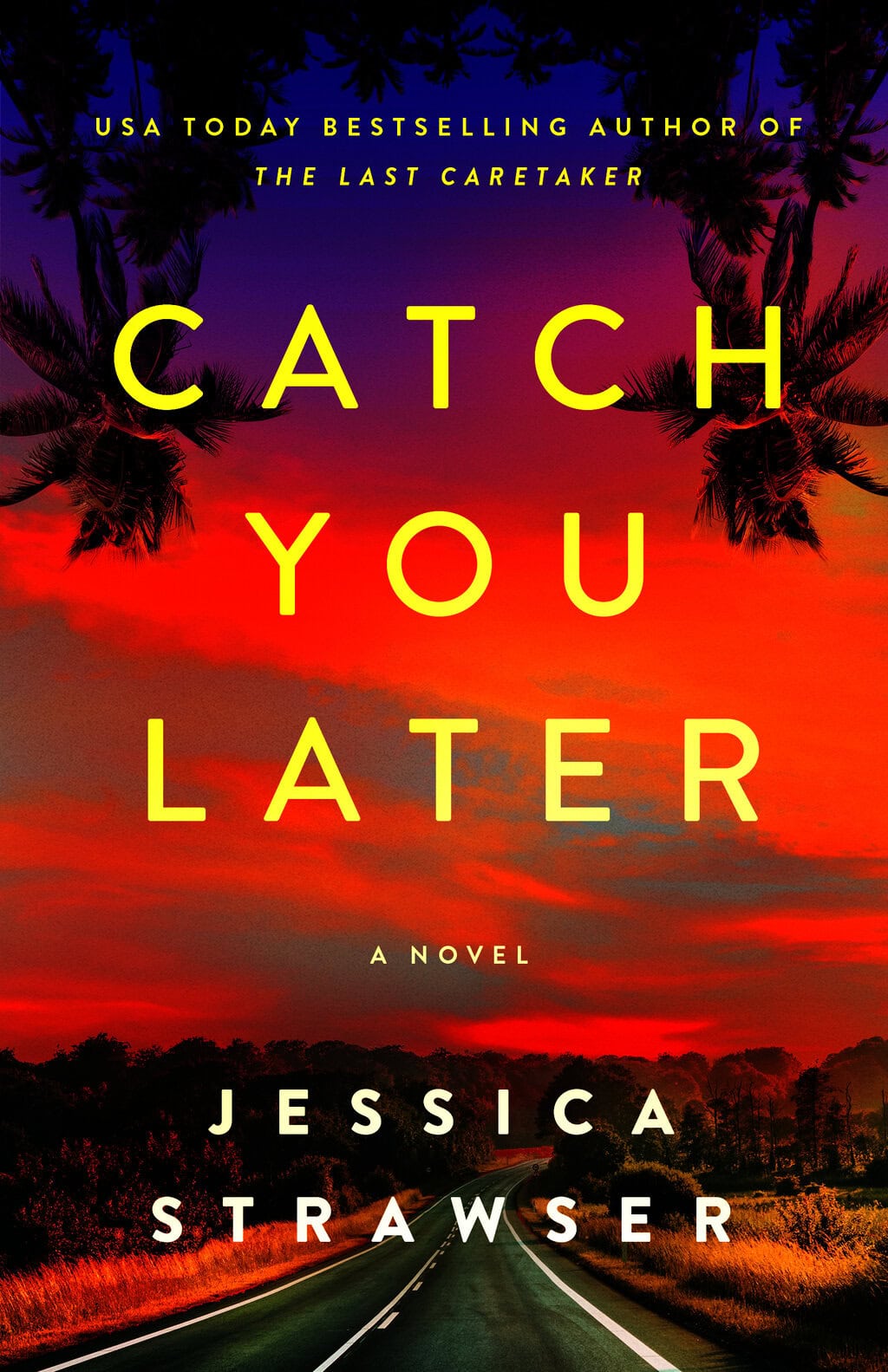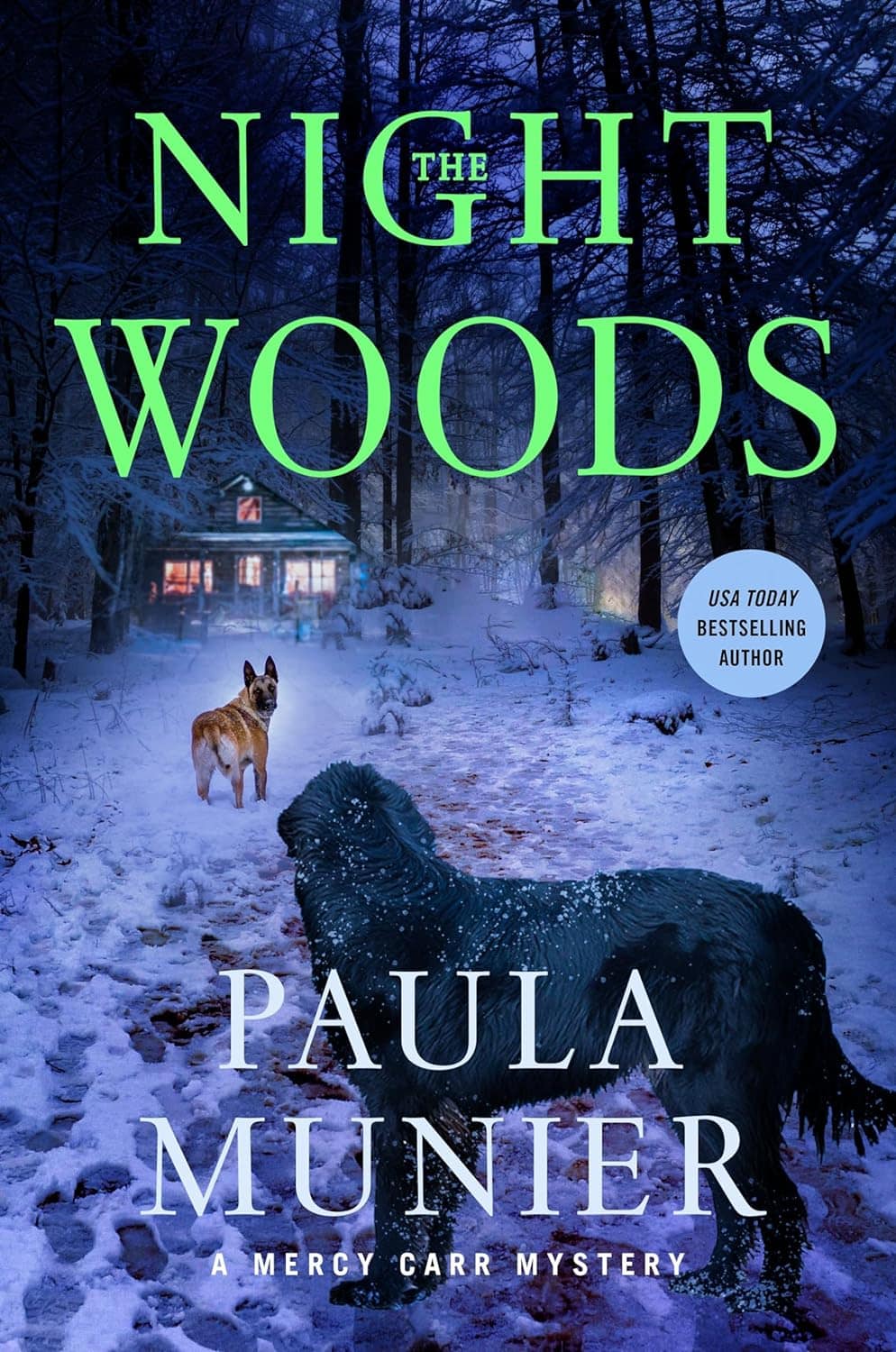Storytelling is a creative enterprise and a technical feat. In my editorial reports for fiction writers, I often include a catch-all section that contains a hodgepodge of topics for authors to address, everything from italics to adverbs. I recently surveyed these action items across a wide variety of editorial reports and found recurring themes. Herewith, the advice offered most often:
- Setting. Review the openings of new scenes and be sure that all relevant info is presented to the reader in a timely manner. Where are we? Include physical setting details so readers can picture the scene in their heads. Who is there? It can be jarring for readers to suddenly see or hear from someone they didn’t know was in the room.
- POV mindfulness. Much of today’s commercial fiction is written in third-person-close POV. In these cases, because readers are already in our narrator’s head, I often suggest trimming phrases like “He knew…” or “He learned…” etc. Instead, just state the character’s reaction or their take on things directly in the text, further locking us into their POV.
- Names. I often suggest including characters’ names in the text more often, particularly in novels with numerous characters. Naming names helps keep scenes straight while also building familiarity with these characters.
- Sometimes a novel’s character goes by more than one name, which I discourage for clarity’s sake.
- Usage of first and last names should be uniform —unless in dialogue.
- Be consistent how you identify characters: perhaps it’s always “Aunt Dee.” Also, use proper capitalization: It’s “Aunt Dee” or “my aunt Dee.”
- Some narratives are cluttered with the repetition of characters referring to their parents as “my mother” or “my father.” As above, if we are in third person close, the language might be less formal: In the narrator’s POV, they might call these characters Mom, Dad, Mama, or Papa. Using this language also brings the characters closer to the reader.
- Do not use abbreviations (Capt., Sgt., etc.), especially in dialogue.
- Serial questions. “When did he figure that out? What did he mean by that? What will I do now?” When readers face down a barrage of questions from a narrator, they may start to skim—which you never want to happen. Sometimes these questions are superfluous and can be cut. Other times they can be reworked into more interesting speculations. I prefer a protagonist to answer questions rather than pose them.
- Subheads. Writers love subheads (“Tuesday, 4:45 PM, Butte, Montana”) and in certain books—like military thrillers—they prove their worth. But novelists sometimes use these timestamps when they are not necessary: Instead, relevant info can be incorporated into the text. If subheads are used, they are part of formatting and must be applied consistently, which can grow tiresome. Also, authors must make sure these headings actually match the prose that follows.
- Dialogue tags. No one really “sighs” or “laughs” their speech. Instead, a simple “she said/he said” often works best—sort of disappearing from the reader’s consciousness. I sometimes find other dialogue tags unnecessary (“replied,” “posited,” etc.), even clumsy-sounding or distracting. Best to stick to the classic “she said/he said.”
- Crutch words. Every writer has words or phrases they unconsciously repeat throughout their work. Common instances of this include the repetition of “immediately,” “things,” sighs, smirks. (More can be found here.) To keep prose lively and original, writers should keep their eyes peeled for repetition—then revise.
- Fast-paced structure. Consider having shorter chapters. That’s the commercial style these days—also, it forces you to amp up the suspense with continual mini-climaxes.
If these issues bedevil your writing, how do you address the problem? Share with us on Facebook.





